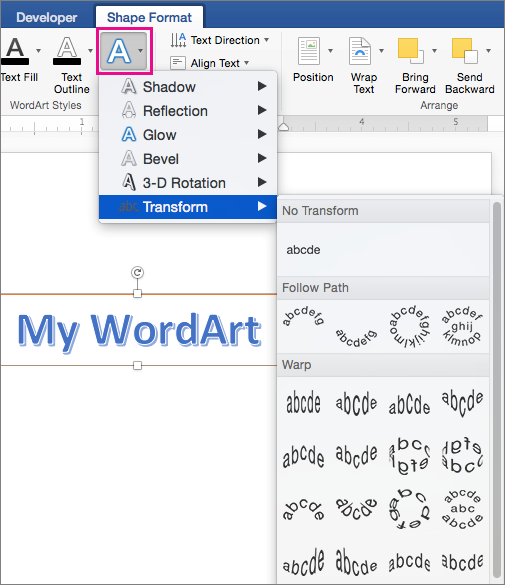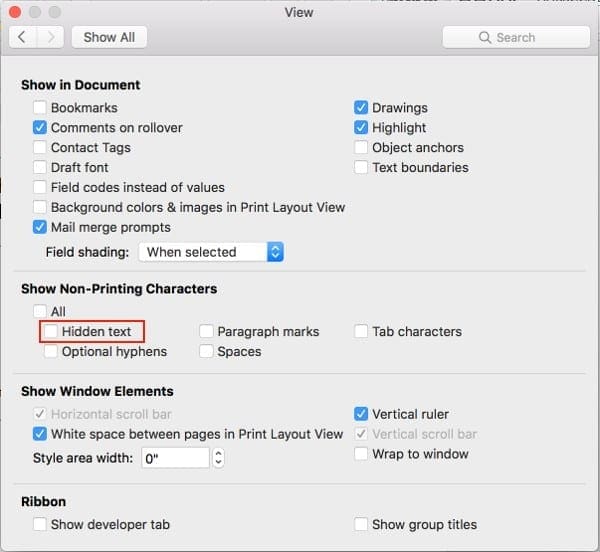
It's quite possible that Word will not detect all background areas, so those areas will not appear purple. You can also mark areas of your image for removal. We can now click on all areas we want to keep. If you look at our previous snapshot, you can see this area used to be purple, but by clicking on it, it's restored to its original color.
Word for mac wrap textart plus#
Simply click on an area that you want to keep.Īs shown in the snapshot above, a plus sign appears where you clicked. We can drag the hands of the bounding box to fix this, as pictured below.Īfter you adjust the bounding box, if there are still areas of your image that are purple that are not supposed to be purple, go to the Background Removal tab in the Ribbon. Remember, any areas that are purple are considered background areas by Word. If we leave them purple, they will be removed from the image. In the snapshot above, you can see that the stem of the flower and part of a petal appear purple.

Drag the handles outward to keep more of the image. If there is purple on any areas of your image that you want to keep, you can drag the handles of the bounding box that appears over the image. The areas that appear in purple are the areas that Word has determined are background areas that it needs to remove. Your image's background – and possibly your image – will also change colors. Don't worry. This is temporary. When you click the Remove Background button, you will see the Background Removal tab appear on the Ribbon. To use this tool, double click on the image for which you want to remove the background. Click on the Remove Background button in the Adjust group under the Picture Tools Format tab. We are going to remove the background from our image:


This tool allows you to remove backgrounds from your images. Perhaps one of the most useful photo editing tools found in Word 2016 is the background removal tool. Although Microsoft Word is a word processing program, it also offers some photo editing tools, as we've already seen in this article.


 0 kommentar(er)
0 kommentar(er)
